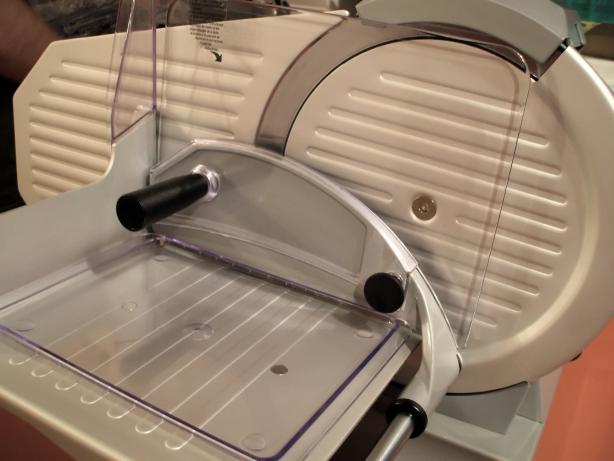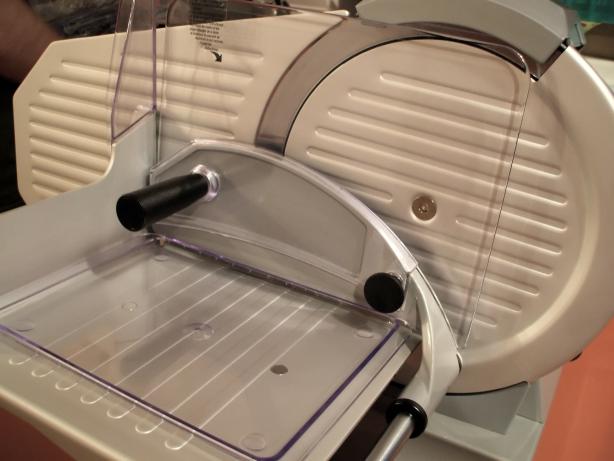Not only is it essential to keep the food you supply to your customers safe, but it’s also vital to ensure that your staff has a safe environment to work in. Slip-and-fall injuries are one of the most common reasons food service workers miss time, so we’d like to discuss how a certified food manager can prevent these painful slip injuries.
The Certified Food Manager’s Role in Preventing Slip Injuries
The manager must make it abundantly clear to the staff that their safety is a priority. Staff and certified food managers must work together to effectively prevent injuries from slips and falls. Providing the necessary tools and comprehensive training is a non-negotiable priority to ensure everyone can perform their duties safely.
One common factor in many slip-and-fall injuries is the use of the wrong kind of shoes. Food service workers should wear non-slip shoes specifically designed for the food industry. Many non-slip shoes are available, but we recommend that your staff wear shoes explicitly designed to give the wearer good traction on wet and greasy surfaces.
Just wearing good, non-slip shoes does not entirely prevent a slip accident. A kitchen supervisor must create an environment where these events are rare. A good start is to provide a perforated rubber surface for employees to stand on. These floor mats are readily available through most food service industry providers. We feel that these mats must be perforated in some way to allow grease to slip through to the floor beneath in the event of a spill. This will prevent liquids from pooling on the floor mats, creating a slipping hazard.
Clean Mats For Safety
Another critical step certified food managers must take to reduce slip injuries is to clean the mats and floors beneath daily. Grease and liquids can accumulate on your floor mats, making them nearly as slippery as the hard flooring underneath. Clean the kitchen floors daily with a degreasing agent to prevent mats from slipping. Before replacing the mats after cleaning the floor, we strongly recommend that the floors dry. Water and soap can take longer to dry if covered by your floor mats, increasing the likelihood that they will slide during everyday use.
Finally, clean every spill immediately. Don’t trust your floor mats to prevent a slip after spilling liquid. Being complacent could lead to a painful injury and lost work for one of your valued employees.





